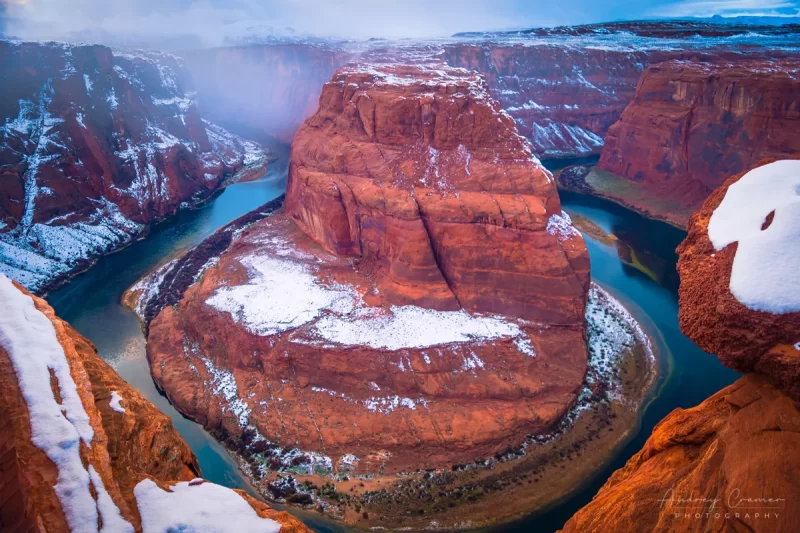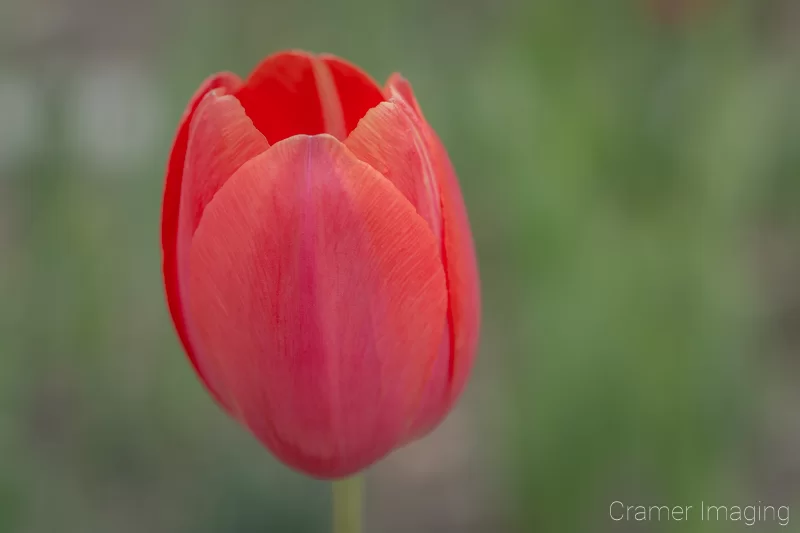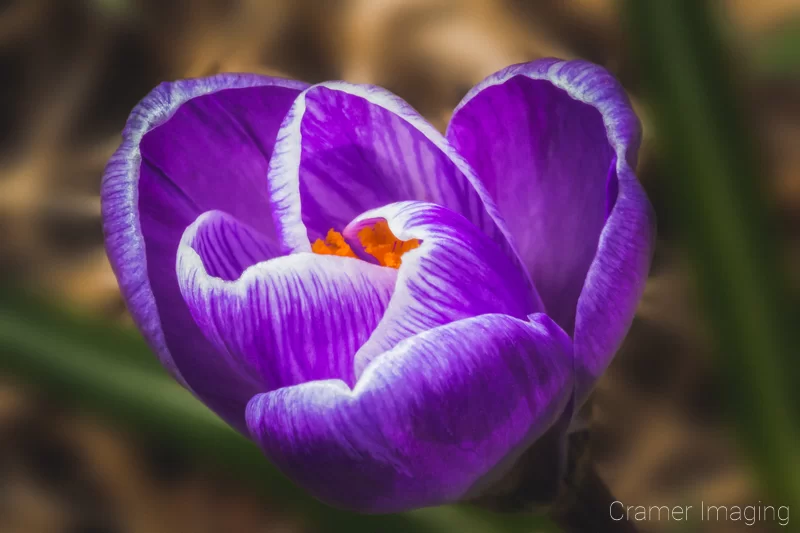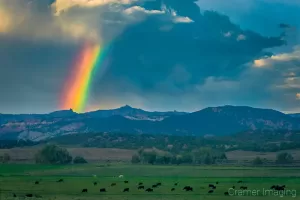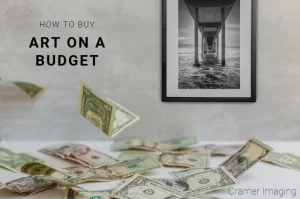It’s a term which we hear a lot. The terms ‘beauty’ and ‘beautiful’ have become synonymous with ‘pretty’. I know that I often use these terms interchangeably here on my website. Many people often use these terms interchangeably too. However, this should not be the case as the term ‘pretty’ is very different from the term ‘beauty’. Today, we’re talking about the differences between these terms.
When I first took an intro art class in college, my professor asked the class specifically about this difference during one of the earlier classes in the semester. All of us had the same answer to that question: that ‘beauty’ and ‘pretty’ were basically the same thing. The professor went on to teach us how those were very much not the same thing.
The Example
Since I can’t come up with a better way to illustrate this, I’ll use the example given in my textbook at the time which the professor also used in lecture. Thanks to this picture being an original Leonardo Da Vinci, I can use this public domain image easily just as my professor did.
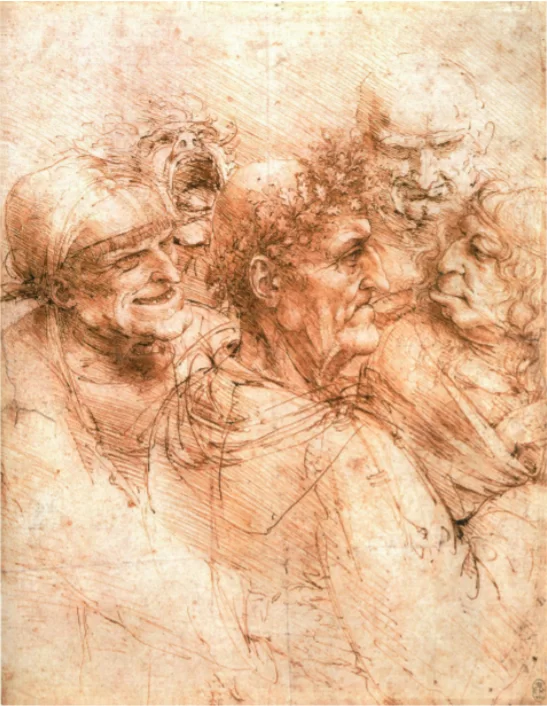
The Lesson
This particular image is not one which immediately appeals to the eyes. The five heads are drawn with features exaggerated to appear revolting to the human eye. ‘Grotesque’ is applied to the name of the piece for good reason. In short, it’s not a ‘pretty’ picture at all. All my classmates, along with myself, had the same reaction to this image which I’m sure you share with us.
Then the professor went on to give us formal definitions of both the words ‘pretty’ and ‘beauty’ for context. I’ll do the same using current dictionary definitions.
pretty: attractive in a delicate way without being truly beautiful or handsome.
–Oxford English Dictionary
beauty: the quality present in a thing or person that gives intense pleasure or deep satisfaction to the mind, whether arising from sensory manifestations (as shape, color, sound, etc.), a meaningful design or pattern, or something else (as a personality in which high spiritual qualities are manifest).
–Dictionary.com
It’s difficult to find a dictionary definition of ‘beauty’ which doesn’t also match up with the definition of ‘pretty’. That should tell you just how synonymous the two terms have become. My professor defined ‘beauty’ the way that the textbook did calling it “capable of inspiring higher thought in the viewer” or something similar. The above definition comes close to approximating that definition from my textbook.
We often define ‘beauty’ and ‘beautiful’ as something right up there with ‘pretty’. The problem is that there is so much more to ‘beauty’ than just being eye candy. There’s actual depth and meaning to ‘beauty’ as opposed to ‘pretty.’
My professor then had us look at several images which society defines as both ‘pretty’ and ‘beautiful’ colloquially and had us apply this new definition of “beauty’ to what we saw. I’ll do the same for you using different images than those in my textbook.
I threw you a couple of curve balls in there. Not all the photos fit the more dictionary definition of ‘beauty’ just presented. Can you determine which ones they are?
Remember that there needs to be some form of higher thinking which the photos evoke. Take a look at overall form, color, and other elements. Also consider whether or not the subject matter itself is something which you would generally consider ‘pretty’ to look at.
I do fully concede that “beauty is in the eye of the beholder”. Therefore, your definition might be a little bit different from mine. You might choose different photos from the above set as being ‘beautiful’ under this new definition than the ones I chose.
The Application
Now, let’s revisit our initial example with this new definition of ‘beauty’ in mind just as we did in my classroom with my art class.

It’s still very much NOT pretty. That’s obvious. However, try applying your new definition of ‘beauty’ to this image and see what you come up with. Even though it’s far from eye candy, does it have some appeal to form? Color is obviously not a factor, but how about overall pattern? How about technique?
We know that Da Vinci was a great master of art so we know that he could create great works of art. We also know that this isn’t his best-known piece. However, does it fall into a similar (if not the same) vein of higher though or inspiration as the ‘Mona Lisa’ might?
My class ended up having to conclude that this piece, though far from ‘pretty,’ actually did display characteristics of ‘beauty’. Therefore, it was indeed a ‘beautiful’ piece despite not being something which we would personally hang on our walls. Do you find you have to draw the same conclusion? Do you draw a different conclusion than one I did in my class? Share your thoughts in the comments section below. Let’s get a dialog going on this topic.


